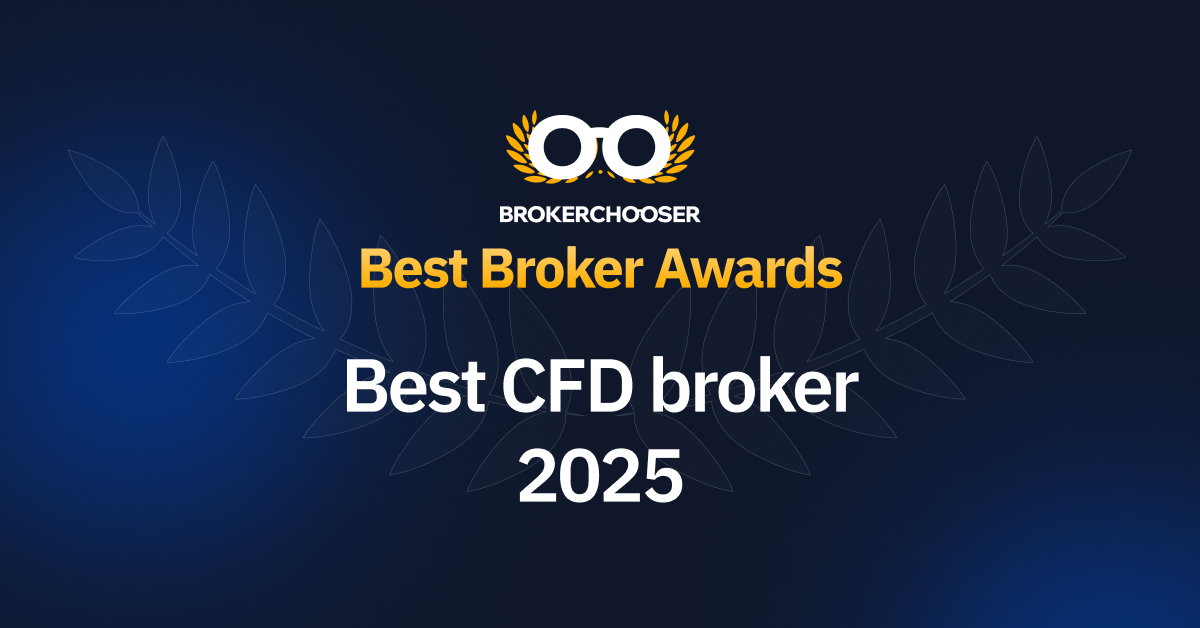Discover the Best Strategy for CFD Trading 17

Understanding the Best Strategy for CFD Trading
Contract for Difference (CFD) trading has gained immense popularity among retail traders due to its accessibility and the potential for significant returns. However, navigating the complexities of the CFD market can be challenging. Whether you’re a beginner or a seasoned trader, it’s crucial to develop a strategy that aligns with your trading goals and risk tolerance. In this guide, we will explore the best strategy for cfd trading bestbrokercfd.com, focusing on key methodologies, tools, and tips.
What is CFD Trading?
CFD trading allows you to speculate on the price movements of financial assets without owning the underlying asset. This means traders can profit from both rising and falling markets. CFDs are available on various instruments, including stocks, commodities, indices, and cryptocurrencies. The leverage offered in CFD trading can amplify profits but also magnifies potential losses, making it essential to employ a solid trading strategy.
Elements of a Successful CFD Trading Strategy
To build the best strategy for CFD trading, consider the following elements:
1. Risk Management
Effective risk management is paramount in CFD trading. This involves determining how much capital you are willing to risk on each trade. A common rule is to limit your risk to 1-2% of your trading capital. Using stop-loss orders can help protect your investments by automatically closing a position at a predetermined price.
2. Technical Analysis
Technical analysis involves studying price charts and identifying patterns to forecast future price movements. Key indicators, such as moving averages, Relative Strength Index (RSI), and Bollinger Bands, can assist traders in making informed decisions. Incorporating technical analysis into your strategy can enhance your ability to time your trades effectively.
3. Fundamental Analysis
While technical analysis focuses on price movements, fundamental analysis involves evaluating the underlying factors that could impact an asset’s price. Keeping abreast of economic news, earnings reports, and geopolitical events can provide valuable insights for making trades. Combining both analyses can lead to a comprehensive trading strategy.
4. Trading Plan
A well-defined trading plan outlines your trading goals, risk tolerance, entry and exit strategies, and evaluation processes. Sticking to your plan helps prevent emotional decision-making, which can lead to substantial losses. Review and adjust your plan as necessary based on your trading experiences.

5. Choosing the Right Broker
Choosing a reliable and regulated broker is a critical step in CFD trading. Look for brokers that offer competitive spreads, leverage options, and robust trading platforms. Researching broker reviews and comparing features can help you find the best fit for your trading needs.
Common CFD Trading Strategies
There are several strategies traders commonly use when trading CFDs:
1. Day Trading
Day trading involves executing multiple trades within a single day, aiming to profit from short-term price movements. This strategy requires a keen understanding of market trends, and traders must be disciplined and focused throughout the trading session.
2. Swing Trading
Swing trading aims to capture price swings over a few days or weeks. Traders use technical analysis to identify potential reversal points and capitalize on intermediate moves. This strategy suits traders who cannot monitor the market continuously.
3. Scalping
Scalping is a high-frequency trading strategy that involves making small profits from numerous trades throughout the day. Scalpers require quick execution and often utilize automated trading platforms to take advantage of price discrepancies.
4. Trend Following
The trend-following strategy focuses on identifying and following established market trends. Traders using this approach typically enter long positions during bullish trends and short positions during bearish trends. Utilizing moving averages and trendlines can help in identifying these trends.
Psychological Aspects of Trading
Mental discipline and emotional control are often overlooked factors in CFD trading. Winning and losing trades can generate psychological stress that may affect decision-making. Successful traders develop strategies to manage their emotions, taking breaks when needed and sticking to their trading plans regardless of market conditions.
Conclusion
Finding the best strategy for CFD trading is a personal journey that combines risk management, analysis techniques, and psychological fortitude. By understanding the fundamental principles and applying them diligently, traders can increase their chances of success in the CFD market. Always remember to stay informed, continuously learn, and adapt your strategy according to your trading experiences and market conditions.
In summary, whether you’re trading CFDs for the first time or have been in the game for years, a solid strategy is pivotal. Focus on building good habits, employ effective risk management, and keep honing your skills to navigate the financial markets wisely.